The Landlord Tutor Promise
To know more about deleading, how to delead your property, and other ways to ensure your property is safe for tenants of all ages, join the Landlord Tutor community and sign up here.
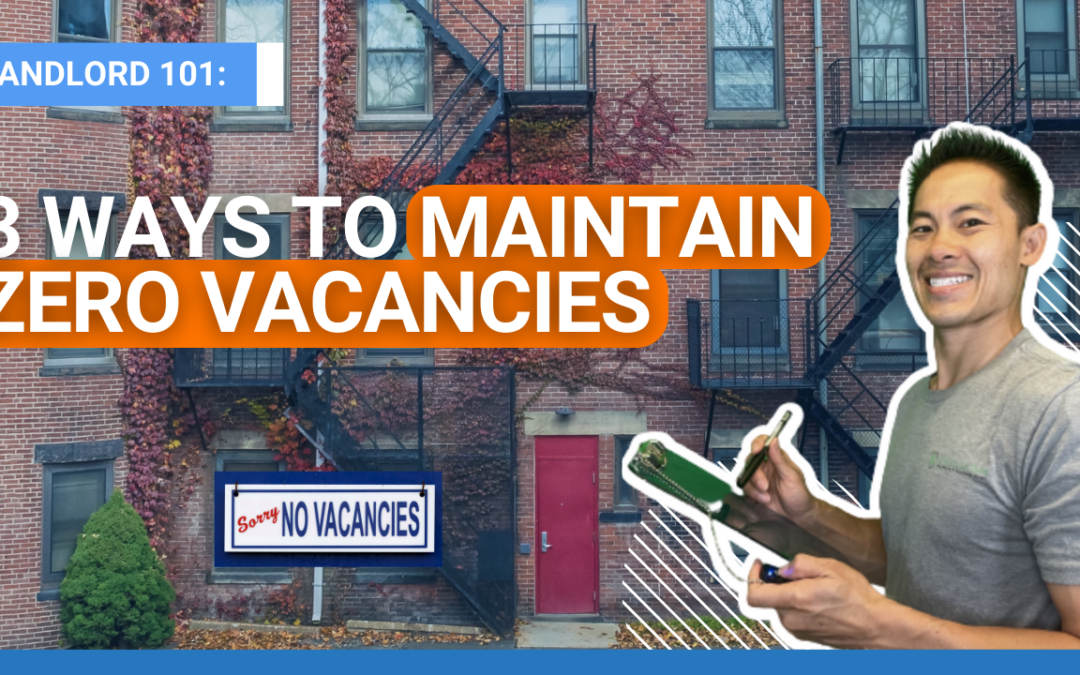
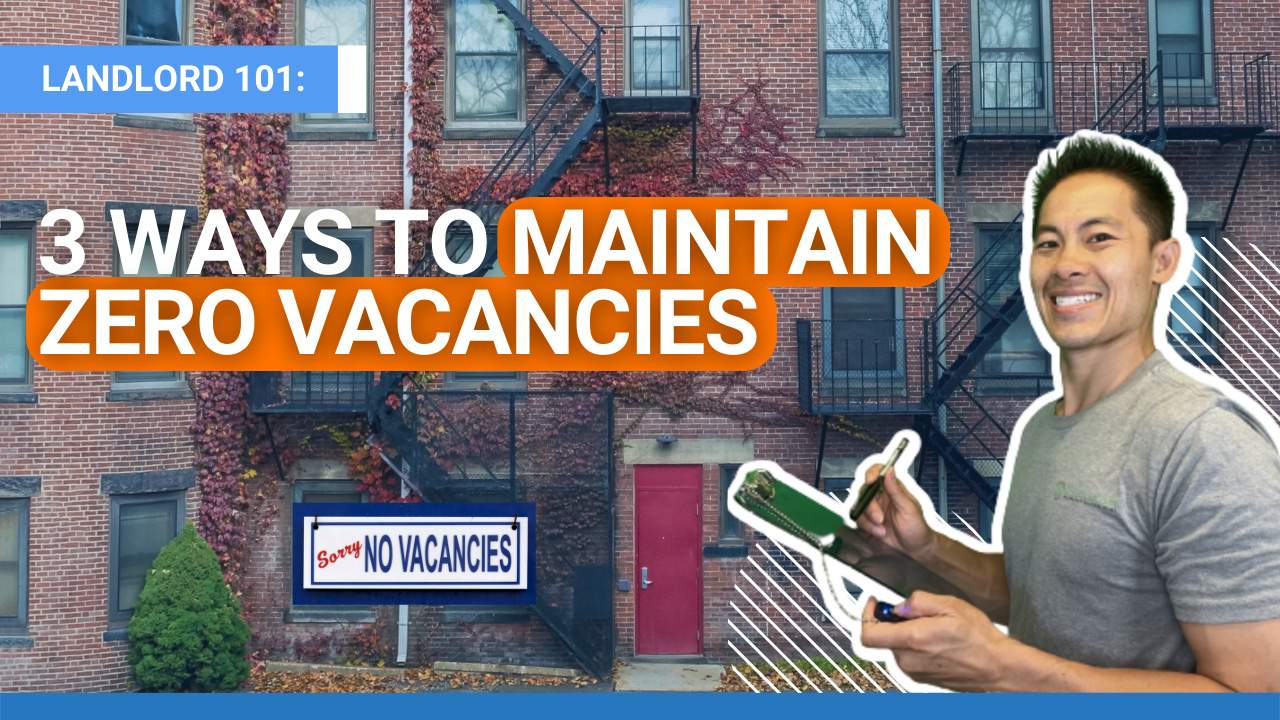
A zero vacancy rate is not impossible. Today, we talk about how we maintain zero vacancies and how you can adapt these strategies to your own rental business.
In my home state of Massachusetts, specifically in Boston, we have low to zero vacancy rates. So, my property management company can turn over a unit the next day.
To make things better, we can even turn the unit over on the same day that a previous tenant moves out. That means someone might move out at midnight, and I got to get a new tenant moving in at 6:00 a.m.
You are probably wondering how much work I can do in this time frame because certain tenants have some expectations, such as the walls and floors to be painted. In other states, I hear that they leave properties vacant for a month so they have time to do repairs and renovations.
But in Boston, we don’t have the benefit of having too much time between an outgoing and an incoming tenant.
So what do I do, how do I do it, and what should you do?
Here are the strategies that have served us best in maintaining zero vacancy rates.
With annual inspections, we see what we can do to keep up the property during the year. Our team conducts a thorough walkthrough to ensure no issues can hinder a turnover. That way, we don’t have to worry about anything when it is time to turn over the unit.
Annual inspections also allow us to maintain the same high standards during off-peak seasons and address potential issues before they get out of hand.
Every two to three years, we paint the entire place. But, of course, tenants are living in the unit. They might have things up against the walls, so doing a paint job might not always be possible.
So what we do is have leases end a couple of days early, especially for big units or major houses with three to six bedrooms. For example, leases typically end on August 31, but we would have them end on August 29.
That setup will give us two days to paint the unit. It’s not a lot of time to paint or do some floors. So we also line up our vendors to try to knock that out.
If ending the lease early doesn’t work out, we will try to see if we can work with the incoming residents to do a delayed move-in.
By delaying their move-in date, we might be able to work with them to get their floors done or do it room by room. It’s a lot of work, but at the end of the day, it’s important.
Bigger bedrooms and apartments will get beat up. And you don’t want these properties looking bad throughout the year because it will lower their value. The tenants aren’t gonna take care of it, and, long story short, no one’s going to want to rent it in the future.
So you have to do everything you can to keep up the value of your property. And remember, typically, as with any other business, the money you spend on it is a write-off. So it’s actually very beneficial for you to spend the money to improve your property and keep that value up.
To know more about zero vacancies and how to do a turnover with ongoing property improvements, join the Landlord Tutor community and sign up here.
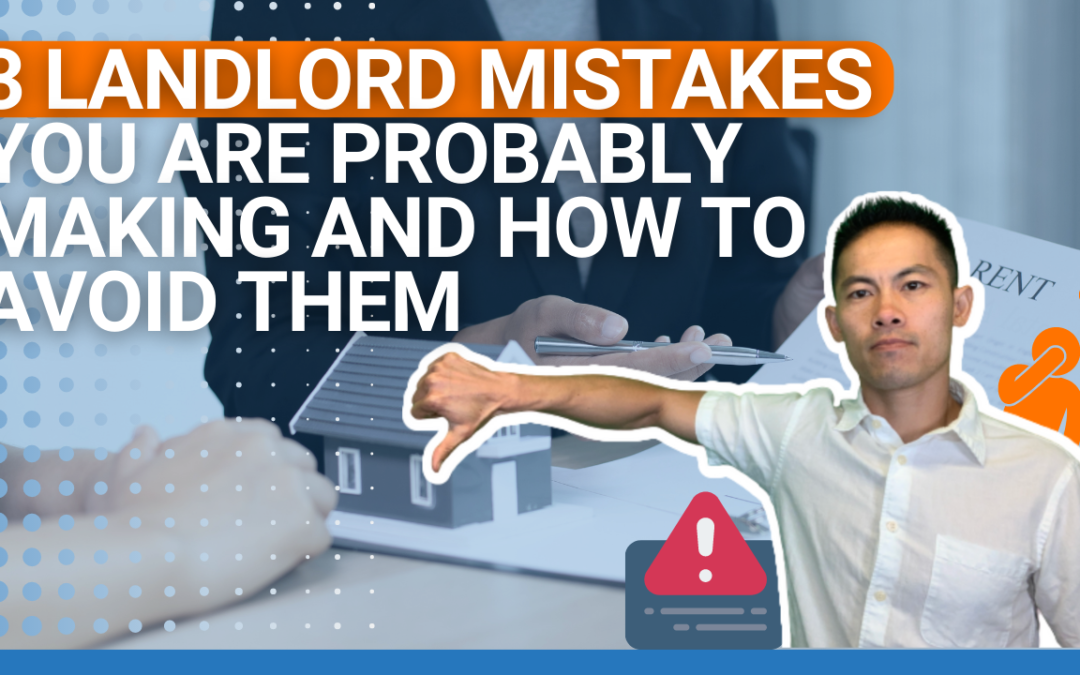

Whether or not you’re new to the real estate business, it’s easy for any landlord to get overwhelmed and commit mistakes.
Here are the common landlord mistakes you should avoid.
My motto has always been the 5Ps: prior planning prevents poor performance. I say this because proper planning is also key to finding good tenants.
As a property manager, I want to ensure you get a good tenant in the unit. That means avoiding tenants who don’t pay rent, break stuff, or cause other tenants to complain.
As a property manager and fellow property owner, I want to help you minimize your mistakes and, more importantly, avoid making them. And you can do this by having plans on managing your tenants, your property, and your financials.
Experience is the best teacher, but we can also learn from the experience of other people. I share the common landlord mistakes I have encountered over the years.
I put a premium on screening tenant applications, so I interview every applicant. To ensure their credibility, they must meet the following qualifications:
I also put in place a formal pet screening process. You need to stick to these standards and not just approve tenants based on their personality.
Remember that these tenants will live in your property for at least a year. If you discover they are awful tenants, it would be impossible to get them out.
It can be easy for a landlord to defer repairs and not pay attention to the nooks and crannies of their property. Landlords usually have little to no free time to conduct maintenance checks as they juggle new tenants moving in, emergencies, and due dates on rent payments.
With so much going on day-to-day, it can be inevitable to ignore necessary maintenance issues until the damage is already apparent and begging to be repaired.
For example, a minor leak can turn into full-blown water damage that will eventually cause mold. This can lead to health hazards that make the residents sick or involve the city in mold remediation.
Make sure you or your property manager conduct regular preventive maintenance walkthroughs on your property. You would want to start with the key areas that are usually prone to cause you liabilities (or worse, lawsuits), such as handrails, steps, and staircases.
While we are on the topic of liabilities and lawsuits, your financials must be in place. In Massachusetts, the number one cause of landlords getting sued is mismanaged security deposits.
Security deposits must be held in escrow, in an independent interest-bearing account that is unrelated to you. The interest that accumulates each year goes into that account, which must be opened under the tenant’s name and on their ID.
You have 30 days to start the account, and if the tenants move out, you have another 30 days to build a return on the security deposit.
You can avoid mistakes with proper planning. To know more about the common landlord mistakes to avoid, join the Landlord Tutor community and sign up here.
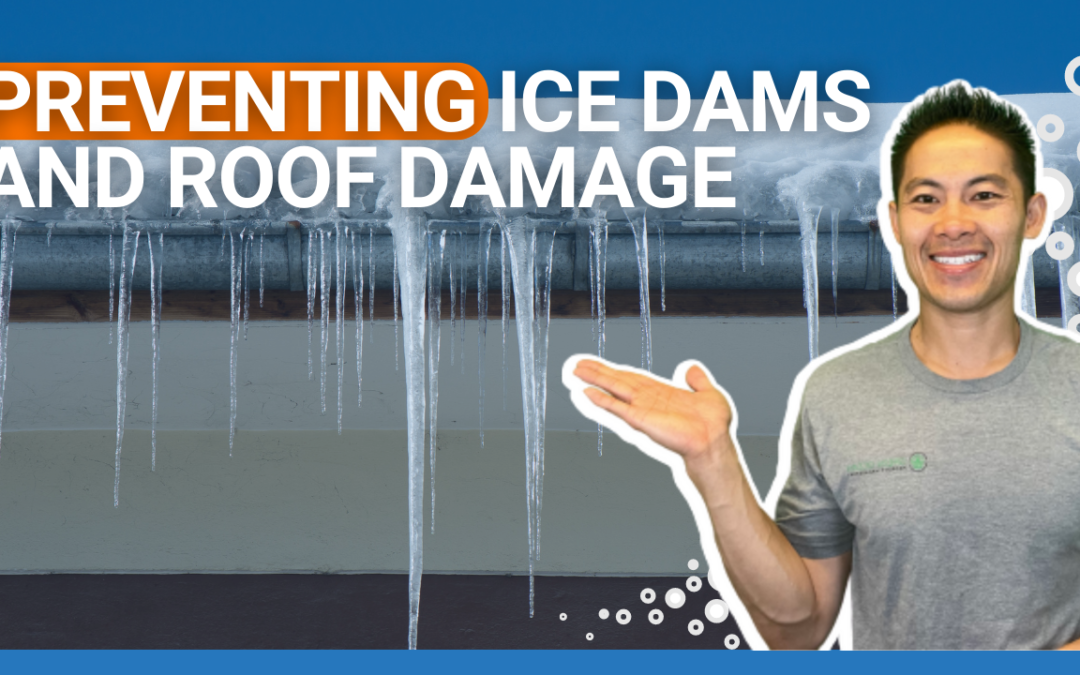
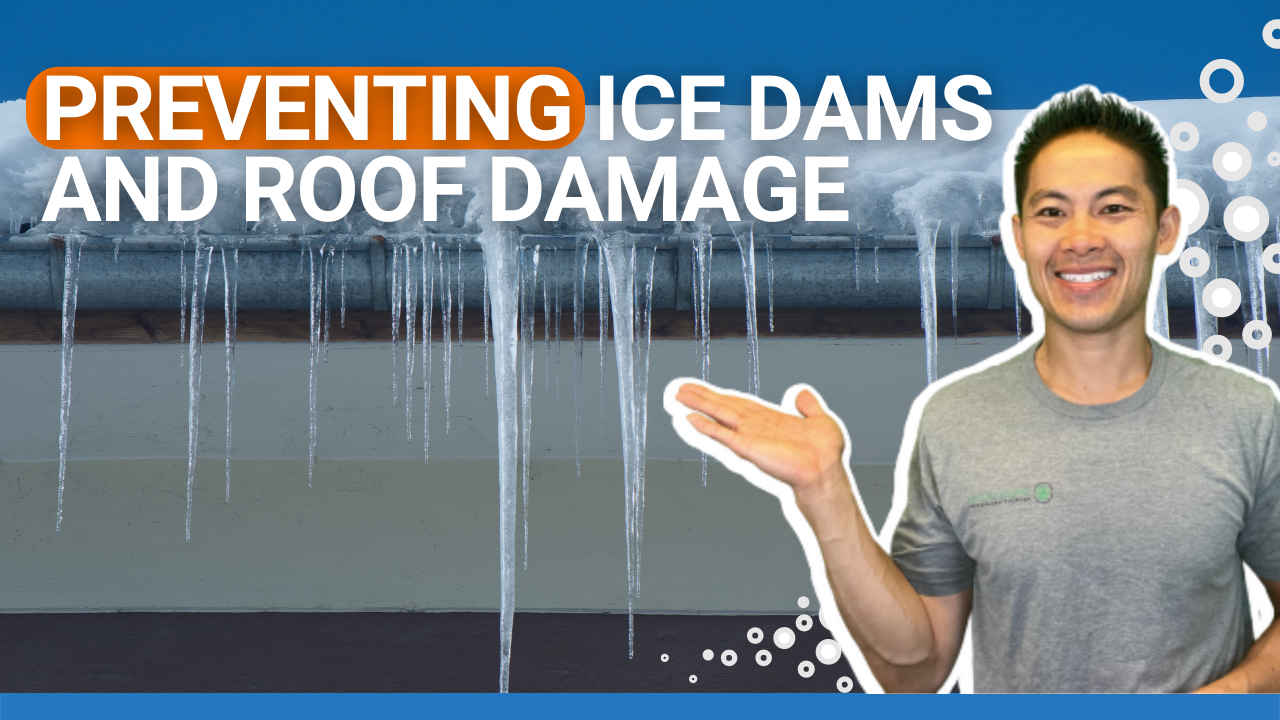
Ice dams can be a nightmare for homeowners and landlords. They cause water damage and destroy shingles, costing thousands of dollars to fix.
So how can you prevent ice dams and roof damage? Read this article to find out.
Gutters allow surface water from the rain to run off your roof. But the surface water has no place to go when a gutter is clogged.
So what ends up happening is that water fills up, runs down the side of the house, freezes when the weather is cold, and builds up on the roof as ice dams.
You can have blocks of ice and water stuck in there. It will build up inside, even underneath the shingles.
When the heat from inside the house rises, the ice on your roof melts. This causes water damage to your unit, leading to further issues such as mold.
When gutters are filled with debris, they can be messy and dangerous to clean. As part of roof maintenance, property managers should clean out gutters to prevent roof damage.
We suggest cleaning your gutters at least twice a year. It’s easy to do, and perhaps you can do it yourself, but you have to ensure you have the proper personal protective equipment (PPE) so you don’t fall off.
But as a proactive property manager, I make sure to do this on a recurring basis and take care of the roof gutter maintenance for our landlords.
Gutters are vital in protecting your home from water damage that can crop up due to ice dams. Most homeowners find it more cost-effective to fix minor gutter-related issues than repair significant roof damage.
The better and more often you keep your gutters clean, the safer you and your home will be, especially in the winter.
Keeping your gutters clear can help prevent ice dams and roof damage. To know more about ice dams and how to avoid them, join the Landlord Tutor community and sign up here.

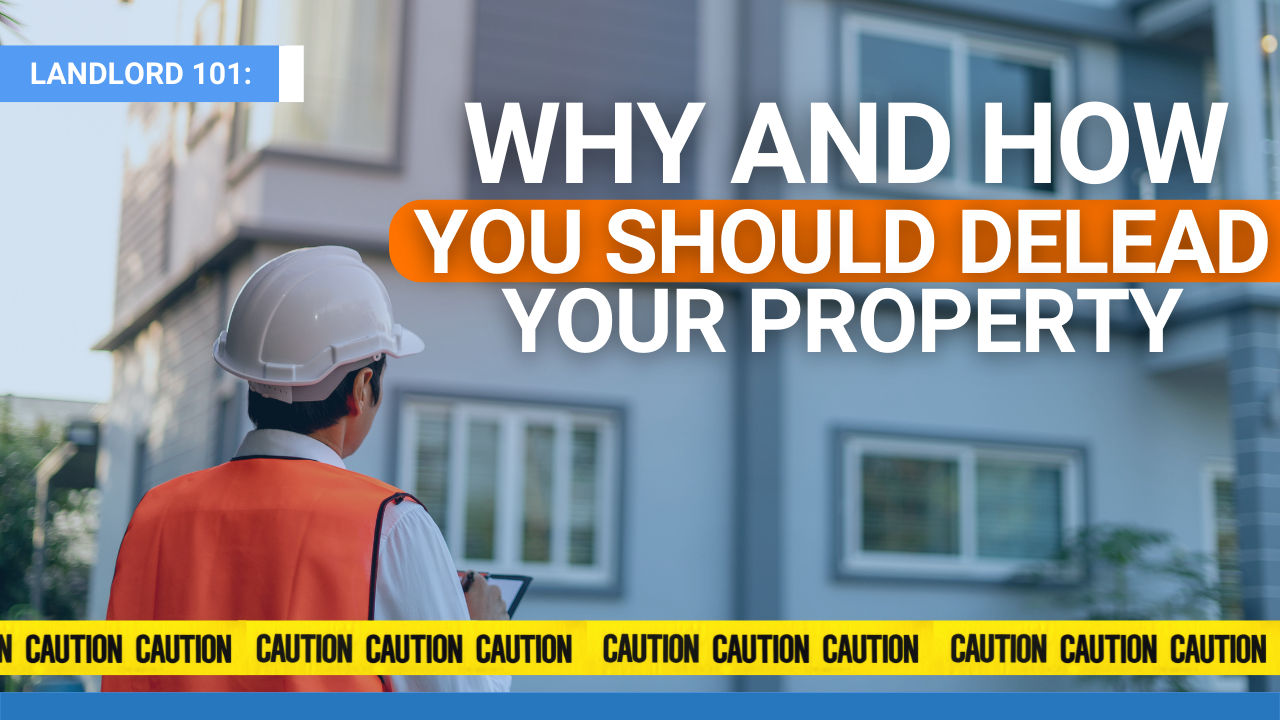
Lead is a very toxic element in paint. So, landlords must delead their property to prevent health risks, especially for children under six.
As a full-risk deleader, I explain why and how you should have your property deleaded.
Lead is a metallic substance that makes paints produced before 1978 to be brighter and more durable. Later on, it was discovered that debris or dust from lead paint has harmful effects if it were ingested or inhaled.
It affects any person no matter how old they are, but children under the age of six can have more complications from lead paint because they are still developing. So lead was removed from all paints after 1978, with laws regulating it.
But just because lead was removed from paint production doesn’t mean it was no longer an issue. There are still houses with paint containing lead, so this is where professional deleaders come in.
First, know if your house was built before 1978. If it isn’t, you really don’t have to worry about it because paints produced after 1978 are all lead-free.
In Massachusetts, they require the landlord or property manager to conduct a deleading if a family has a child under the age of six.
It’s not enough to say you do not know if your home or property was built before 1978. In Massachusetts, there is a database where you can type in your address and see if there are any reports of any certifications saying your property has been deleaded.
You can even look at the report details and see if they found any hazards. If there’s nothing, that means that the property hasn’t been tested yet.
It is actually good practice to have the test done in advance so that you know what you’re dealing with and have it deleaded. Should you want to sell your property, deleading it increases the property’s value.
The rentability of your unit will also improve because you’re now opening up your property to children, and you can advertise it as such.
Hiring a lead inspector starts at about three hundred dollars per unit. If you have multiple units to inspect, you might get a discount.
If the units are larger, the inspector will go room by room by room, both on the interior and exterior. They use something called the XRF laser gun and press it against certain malleable aspects of your property, such as your windows.
You will get the report back and know if you must delead your property.
When you send the inspector’s report to a deleader, they should come to your property and give you an estimate based on the work they need to do.
There are different types of deleaders. You can hire a moderate-risk deleader or a full-risk deleader, also called “class 1” in Massachusetts.
Full-risk deleaders have higher education and higher license. They have to pass exams and have the right insurance to cover themselves, as it can be expensive to pass these tests.
I am a class 1 deleader, and I became one because I had so many clients who needed to delead their property. I also purchase properties, so I get to ensure that the property is safe for anybody, especially those with children under six.
Being a full-risk deleader gives me the real knowledge and ability to walk someone through this process and explain if they should delead their property.
I can also offer them better-discounted rates over other deleaders, especially because there is only a small circle of deleaders in Massachusetts.
Your deleader will explain to you the deleading timeline. If a family or tenant currently resides in the property, you must house them elsewhere.
So you will have to pay for their temporary housing, whether an Airbnb or hotel, while the deleading is ongoing.
The timeline depends on how much work needs to be done. Your deleaders must make preparations to ensure that even the neighbors are safe, such as putting up signs.
The process is usually concluded with a very thorough cleaning. Then, the lead inspector will return and do another test which you have to pay for again.
Lead inspectors will do a wipe test. This ensures that there is no dust, particles, or anything that can cause issues. If someone was scraping, dust could go anywhere. Inspectors want to ensure that residents are safe to move back in.
Usually, they send the wipe test to our lab. They can pay for rush results. Generally, it takes about three to four days to get the test results back.
The results will determine if you pass or not. If you don’t, you must work with your deleader again to correct any other issues.
If you pass, you will have your certification and your property will be updated in the database.
To know more about deleading, how to delead your property, and other ways to ensure your property is safe for tenants of all ages, join the Landlord Tutor community and sign up here.
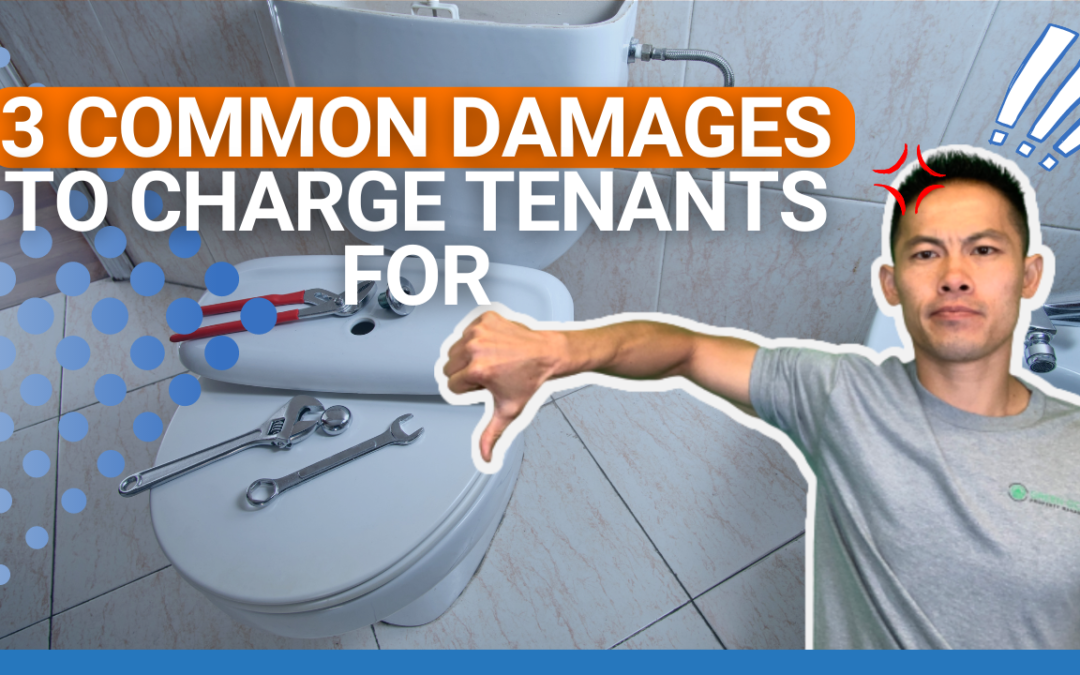
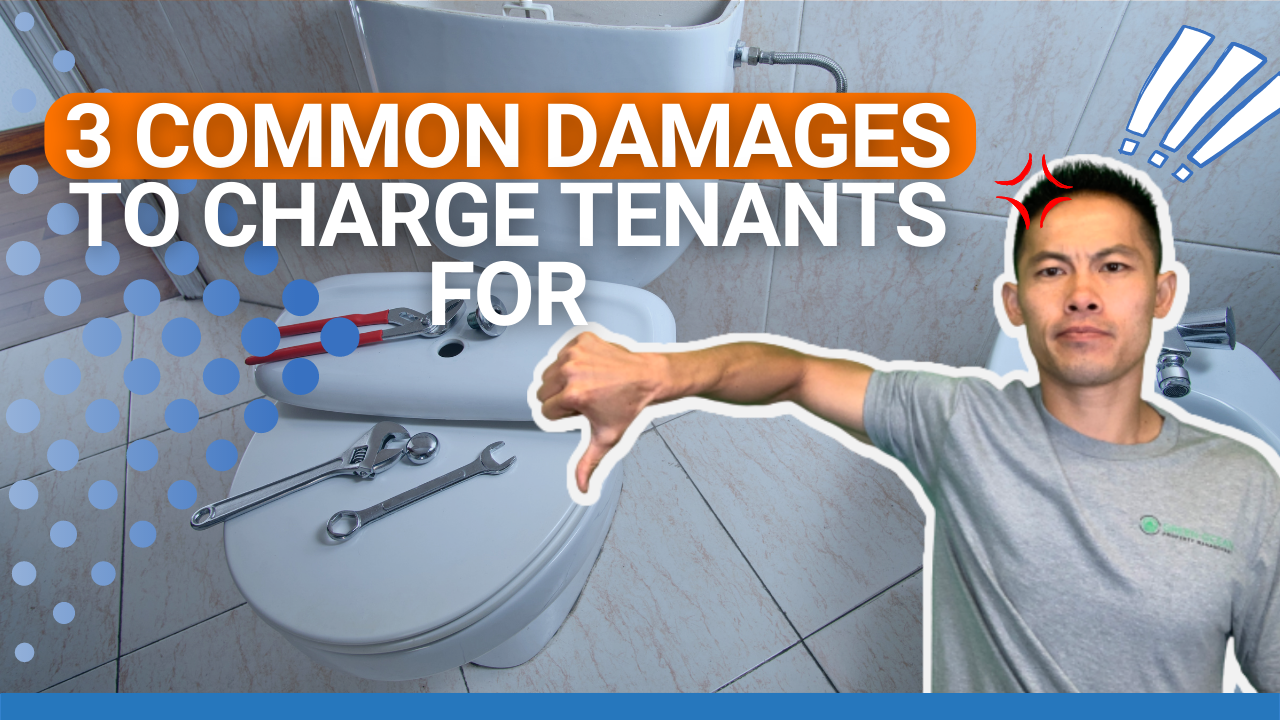
Over the years, we have worked with countless landlords for hundreds of properties. We help our landlords earn and save money, but we also hold our tenants responsible for certain damages they cause.
Here are the three common damages that you can charge tenants.
As a proactive property management company, we always look out for our landlords’ best interests. We think of ways to save our landlords money.
But, most importantly, we hold our tenants responsible for their actions and the damages they incur.
Whether you’re a small-time landlord or own several properties you rent out, there’s always something tenants can do that will cost you money.
As an overview, these are the three most common damage you should charge tenants for.
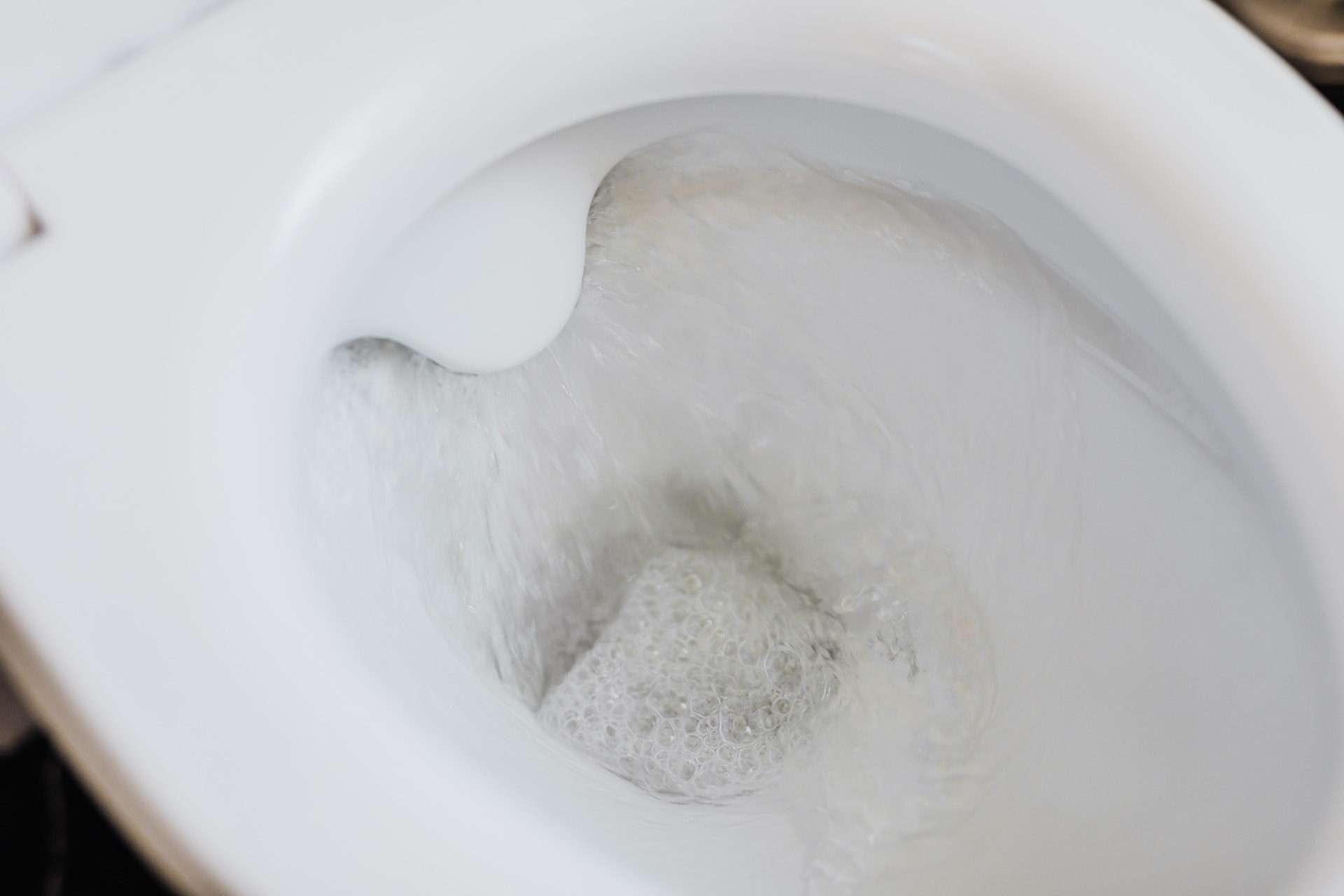
As part of our regular property inspections, we always ensure that the bathrooms are in good condition, especially the toilets and their flush.
But sometimes, tenants will flush something on purpose or by accident which can cause clogging. The most common bathroom items to be flushed down the toilets are toothbrushes, tampons, or toilet paper.
Of course, if they call us about clogged toilets, we come over and fix them. But we bill them back for the charges as stated in the lease.
Kitchen and bathroom sinks are also prone to damage. Most kitchen sinks also have disposal.
This makes kitchen sinks likely clogged by bottle caps, oil, or leftovers flushed down the drains, causing backups.
Since sink backups are caused by things that can be prevented, it is something that tenants are responsible for. So for disposal cleanup or repair, we will bill tenants for the costs.
To save on painting costs, we typically use the same paint color in all of our properties. Doing so makes it easy for us to know when tenants change the wall paint.
If they paint the walls, they must change them to our standard color. The paintwork must be done by professional painters who would charge a set price which we would then send the bill to the tenant.
So tenants know how much the painting costs would be, and we include this in the lease. They must get our approval in writing if they want to change any paint color.
If they didn’t seek our approval and the paint is unchanged when their lease expires, we will still charge them when we have the walls repainted.
To know more about holding your tenants accountable and minimizing your expenses, join the Landlord Tutor community and sign up here.